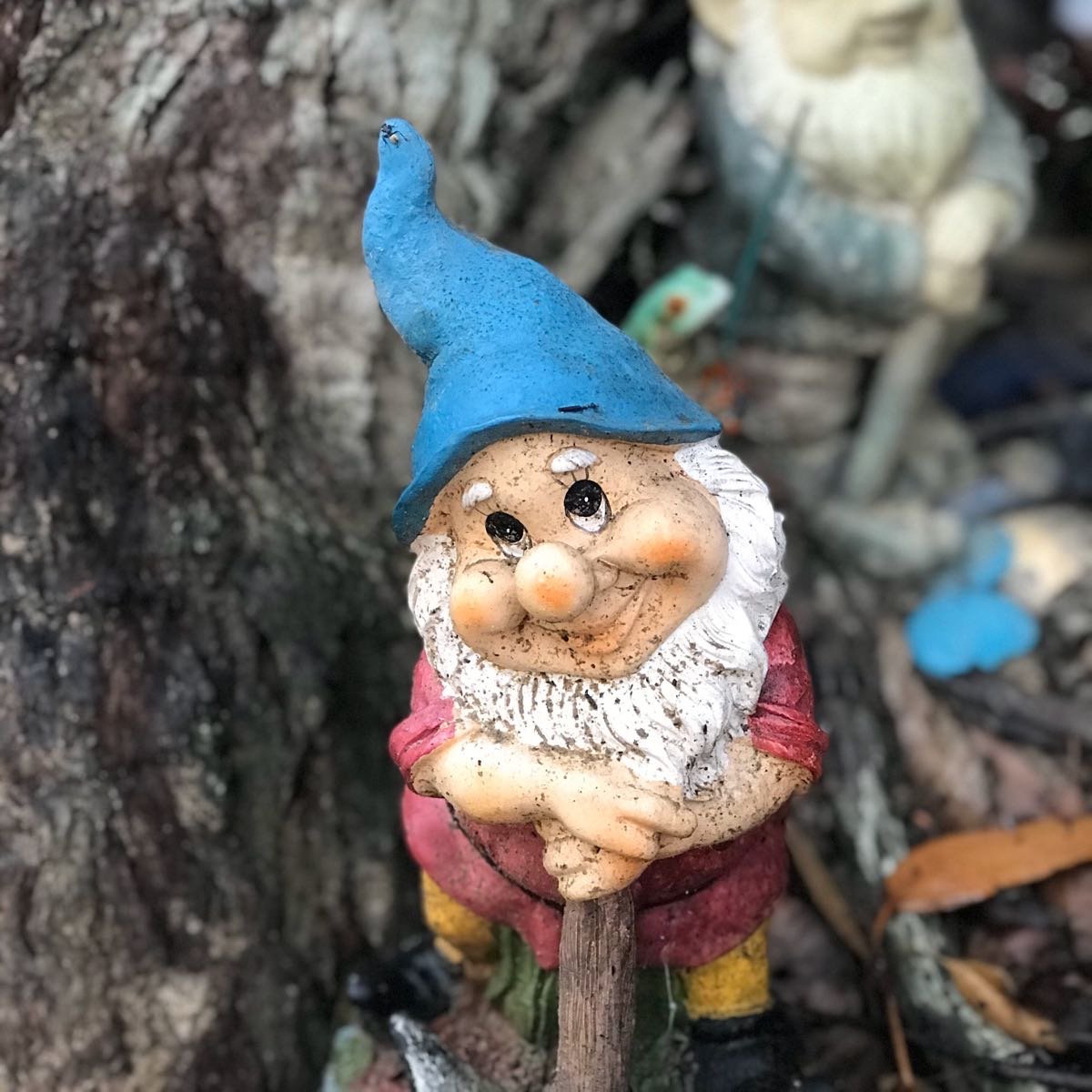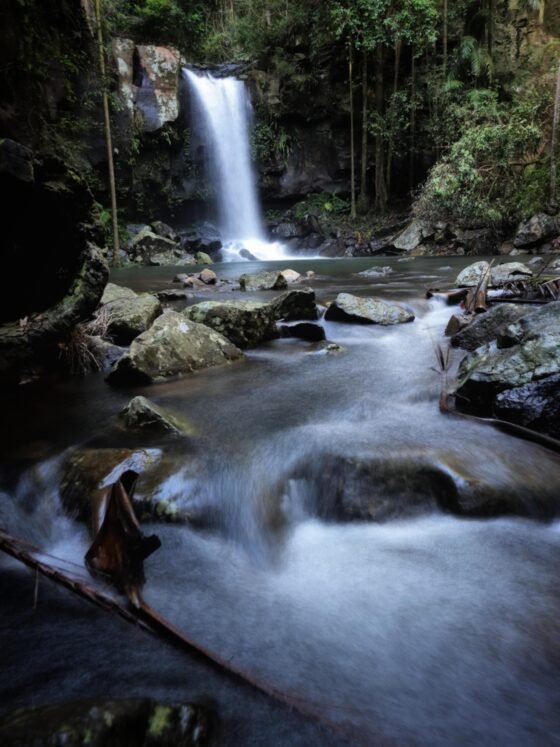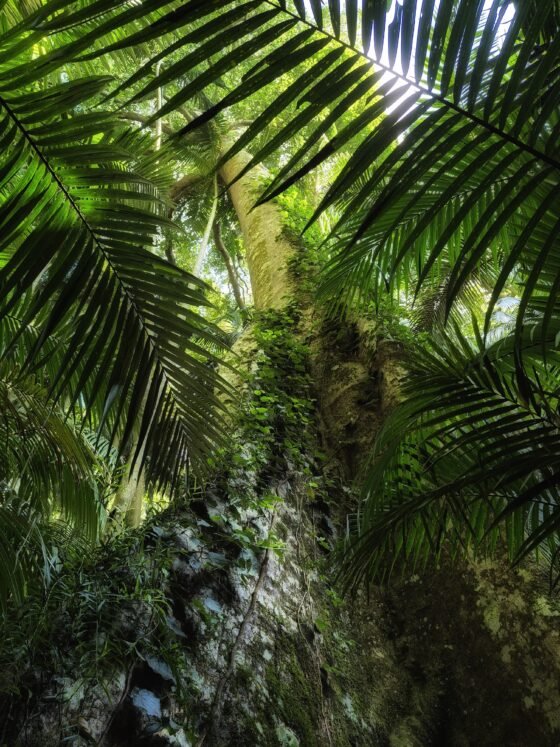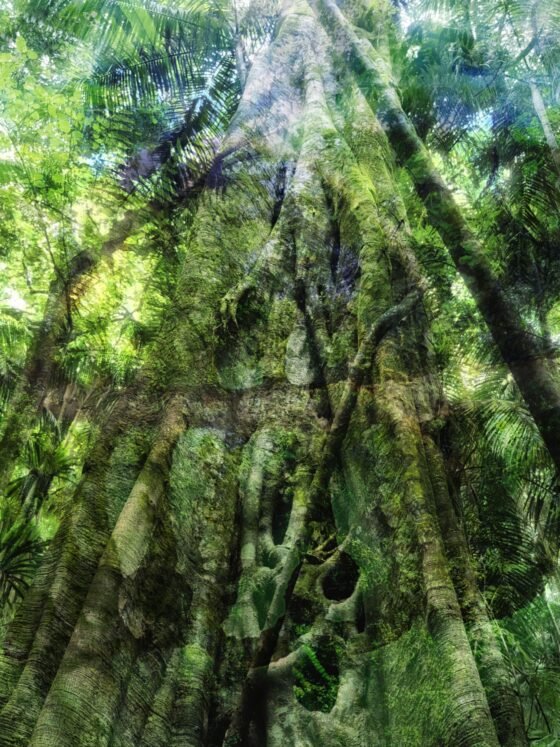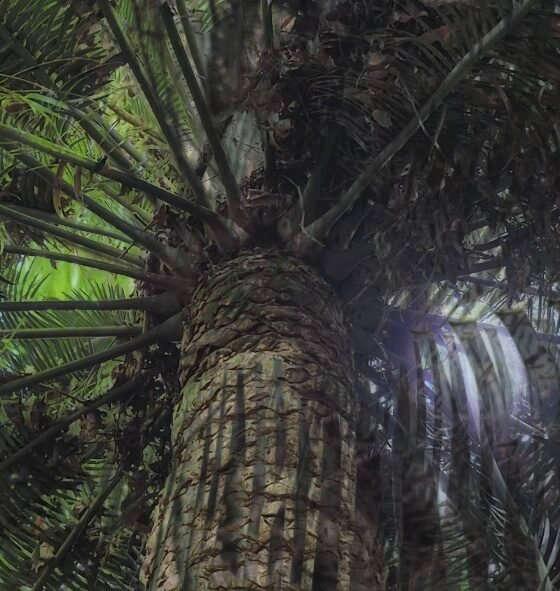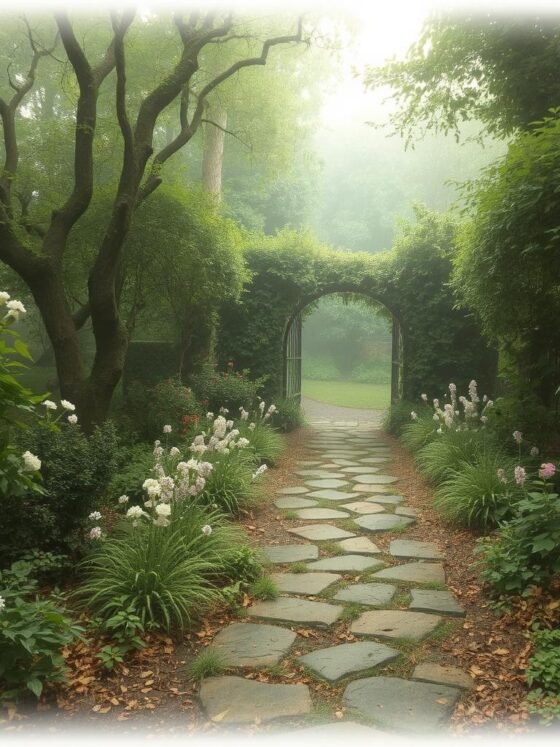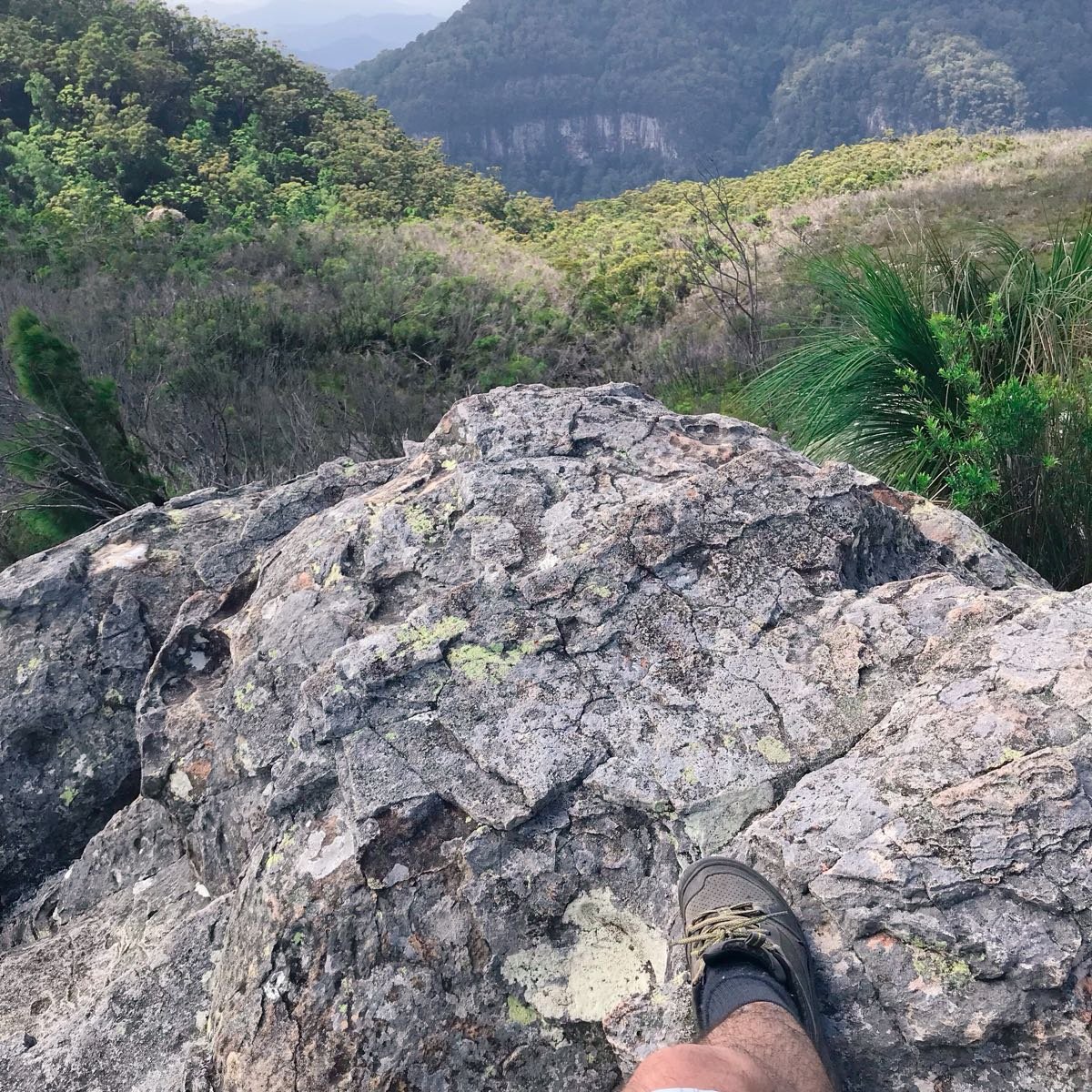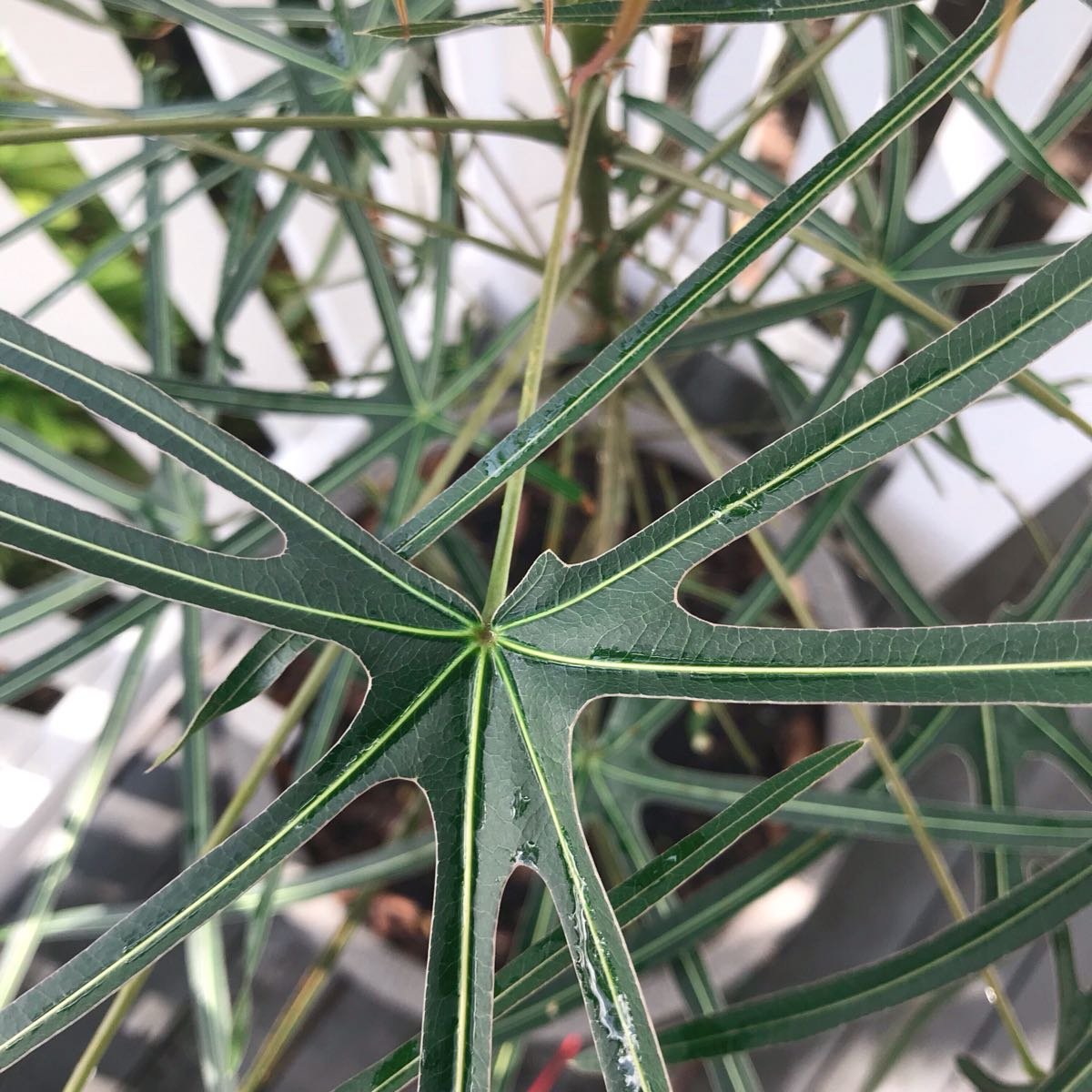Nature Stripping: Edging Koalas Closer to Extinction

Nature Stripping: The gradual and sometimes dramatic destruction of natural habitats in urban areas, leading to displacement and extinction of flora and fauna to that area. Habitat becomes a patchwork mosaic that forces fauna to live on the dangerous fringes of human environments often leading to their ultimate demise.
Inadequate government environmental policies that fail to protect these important areas often compound if not accelerate this destruction of habitat and extinction.
Policies such as ‘offsetting’ developments by planting native flora sometimes in areas that may be far away from the development site, and often on planting on low quality land does nothing to save the homes of our unique species living in and around that site.
We can see the results of these land clearing laws in SE Queensland, where areas of prime koala habitat are being destroyed to the last tree. Environmental protection laws aren’t working. They are too weak to protect the environment or our unique species of animals and plants.
Nature Strip
This situation came to a head for me a week ago when we had a call out at Helensvale on the Gold Coast along industrialised Siganto Drive. Siganto Drive is a service road that runs parallel with the M1 motorway and is lined with takeaway fast food joints, warehouses and offices. The Big 4 Caravan Park along Siganto Drive called up Wildcare to inform us of a koala up a tree on the nature strip between the service road and the motorway.
This nature strip, has become a refuge, albeit a noisy and polluted one, for this quiet koala.

Bus Stops Here
It was surreal to drive along this road, to park the car and moments later to locate this slumbering koala in the fork of a eucalypt tree surrounded by the din of speeding traffic.
It was right next to a bus stop along the road and people waiting for the bus, heads buried in their mobile phones were oblivious to the animal in their presence.
This was a sad yet defining moment for me. Last year, hectares of land in Parkwood was cleared of every tree. It was prime koala habitat and I was astounded that this act of environmental vandalism could happen under the Council’s watch with full endorsement because state environmental laws meant that this could happen.
I brought up the subject at a Council organised forum in Parkwood that invited residents to learn more about the work that council was doing to protect koalas. I felt it was the elephant in the room and I couldn’t sit there any longer without broaching the subject.
I calmly asked HOW could this ‘development’ have been sanctioned by council. Instead of an intelligent response I was faced with two very upset councillors at the meeting. I was horrified by the reaction and it became clear to me in that moment that we sadly could not look to these councillors for guidance.

Gold Coast City Council
The Gold Coast City Council is a strange animal…actually an unusual organisation. It is quite schizophrenic in my mind. On one hand there is the side of council that is pro-development at all costs – nothing can get in the way of ‘progress’. Then there is the environmental arm that must work under difficult conditions, I can imagine, to do the best they can with what they have to work with.
The biggest part of GCCC is the destroyer and the smallest is the creator. I’m reminded of the Lord Shiva of Hindu pantheism when I think of the GCCC, with arms flailing in all directions to destroy. In all this flurry there is Vishnu the maintainer and Brahma the creator busily, quietly, and industriously trying to preserve and enhance what is left in the trail of environmental destruction.

Edge Effect
As I drive not only around the Gold Coast but also areas of SE Queensland I see the intense and flurried destruction of the natural environment happening in the race to ‘develop’ areas.
I see estates popping up with a sea of crowded houses jostling cheek by jowl, with developers intent on maximising profit per square metre. These treeless estates, with postage stamp neatly turfed back yards and house eaves almost touching each other are devoid of trees, albeit the token park and shrubs lined along the narrow streets.
This assault on parcels of bush lands is causing once contiguous forested environments that provided habitat for our unique wildlife to become a staccato of green islets in a barren wasteland.
On The Edge of Extinction
On the Gold Coast there are more than 1730 recorded species of native vascular plants and 585 species of native animals. 72 of which have been listed as endangered or vulnerable or near threatened under the Nature Conservation Act 1992, according to GCCC website. [1]
With incredible biodiversity we have a special responsibility to look after this gift we have.
Our national and state laws regarding nature need to change dramatically if our wildlife will stand a chance.

Koalas In The Coalmine
I have spoken before about how koalas are the metaphorical canaries in the coalmine. Koalas are charismatic species. Just about everyone who sees a koala is left with a beaming smile in their presence.
Koalas are I think a good measure of the health of the environment, yet unlike canaries, they are more times than not quiet creatures who keep to themselves. Some residents may be living in suburbs all their lives and not even know or have never seen a koala.
There are residents in Parkwood and Labrador that we have spoken to on our rescues that didn’t even know koalas may be living a few hundred metres from them.
Just last year, Heidi was called out to over 60 koala incidents. These ranged from koalas that had been struck by cars, koalas that had been attacked by dogs, koalas that were sick with clamydia, and displaced koalas that were in situations that were dangerous such as up traffic light poles, on tram tracks, even one on a pipe in the laundry of the Gold Coast University Hospital.
One of the saddest was having to remove the body of a deceased koala from the bottom of a pool that no doubt had drown after wanting to quench its thirst during the recent heat wave.
Nature Stripping
As we continue to eat away at the edges of wildlife habitats within our urban neighbourhoods we run the risk within the very near future of losing our national icons from our very backyards. To me this is an unimaginable tragedy, and as an Australian I couldn’t live with myself if we don’t do anything to stop this demise through ignorance, apathy and indifference.
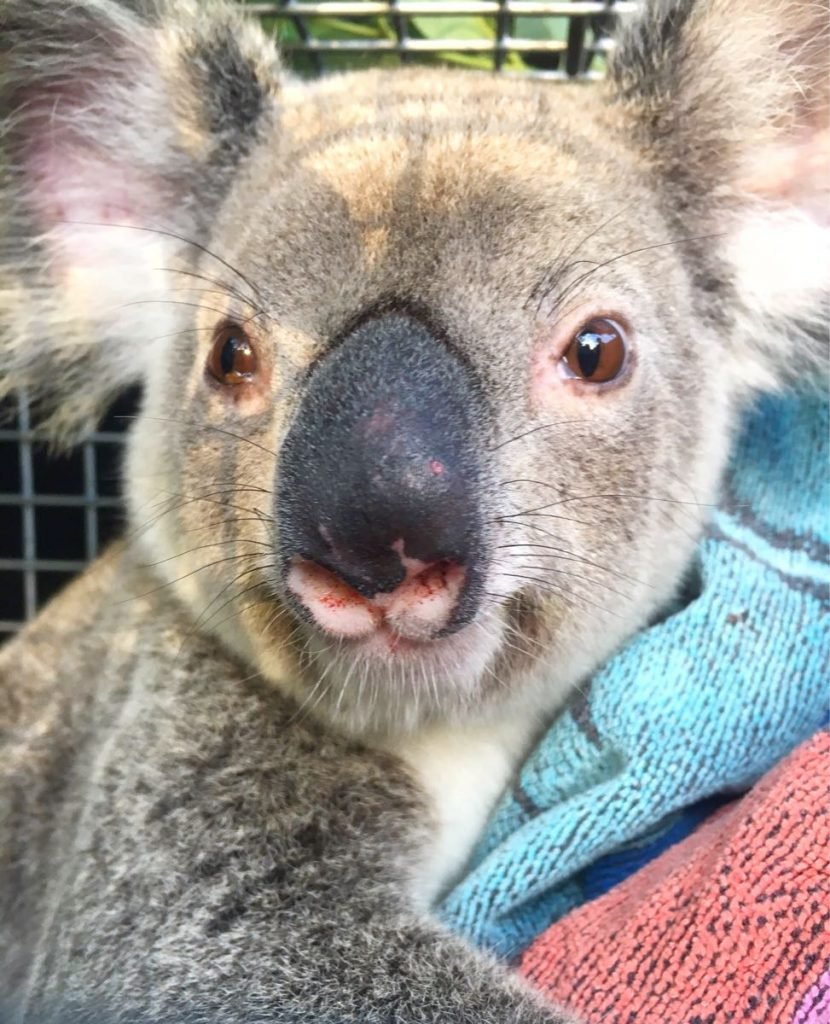
Koala Streets
There is so much we can do that takes little effort yet can change the whole conversation and future of urban koalas.
The easiest thing you can do is to educate yourself on all things koalas. If you live in a koala area you may want to see what small measures you can do to make your property koala friendly.
These actions may be
• Koala Friendly Pools – ensuring that there is a floatation device in your pool that prevents not only wandering koalas but other animals from downing.
• Koala Friendly Fences – finding out how you can make you fence koala friendly. Koalas especially during the breeding season need to be able to easily and safely move from yard to yard not only to look for a mate but also to reach food trees. Koala friendly fences also allow koalas to quickly and easily climb out of yards and escape from dogs.
• Koala Friendly Backyards – koalas are nocturnal animals. They sleep in the day and are active during the night. It is crucial at these times, between dawn and dusk, to keep your dogs inside.
• Koala Friendly Driving – drive slowly in streets where koalas and other wildlife live!
Just today we were called out to a female koala in Helensvale that was struck by a car. A young woman driving to work and an elderly man going for a walk stopped and picked her up, moving her to the nature strip. The young woman called Wildcare and we came out straight away. They had placed a towel and a jacket over her to stabilise her till we arrived.
The driver who hit her didn’t stop. They would have known they had hit her because a part of their car was missing. Instead of calling a wildlife rescue group they decided to keep driving…this is very sad.
When we placed her in a carry cage we noticed that she had signs of internal bleeding. She was also very wobbly on her feet. I’m not sure if she will make it. When we last checked with Currumbin Wildlife Hospital she was experiencing seizures. Remember to slow down in wildlife zones…please…and if you do hit a koala or other animal please contact your local wildlife rescue organisation. Just like with humans, if we can get to the animals quickly we may just save their lives.

• Planting ‘Koala Trees’ – in your yard or joining a local bush care group can help create suitable habitat. Planting koala trees also helps to connect areas where koalas can feed and travel safely.
• Reconsider Removing Trees – when you are considering ‘getting rid of a tree’ in your backyard, you may want to reconsider if the fallen leaves and bark are worth it knowing that the tree could be home to animals that you share your neighbourhood with. If it is an old tree it may have hollows which may be used by birds and possums, and even if it isn’t a ‘koala tree’ it may be a tree that possums and birds feed on. You may also reconsider if you do need to remove a tree for safety reasons to replace it with a koala tree or flowering natives.
Koala Streets is an idea that aims to educate and bring awareness to koalas to people who live in neighbourhoods where there are koalas. I am still working on the proposal and want it in be a way to bring residents, community, and even local businesses together for the common goal of making our neighbourhoods koala and wildlife friendly.
Gifted With Responsibility
Australia has one of the highest loss of species anywhere in the world. We have more species of vascular plants than 94% of countries on Earth and more non-fish vertebrate animals (mammals, birds, reptiles and amphibians) than 95% of the world’s countries according to the Wilderness Society. [2]

With such incredible biodiversity we have a big responsibility to protect our unique natural heritage.
Tom Tate, the current mayor of the Gold Coast who has the mentality of progress and development at all costs, in a recent article in the Gold Coast Bulletin goaded environmentalists and ‘greenies’ for not doing enough and not putting their money where their mouth is to help save this vulnerable species. This has incensed a large portion of the community who cannot do more than they are currently doing to stop this slide into extinction of koalas.
The Silent Environmental Catostrophe In Our Backyards
Animal intakes at Currumbin Wildlife Hospital reached an all time high in 2018 with 11,082 patients admitted. The staff are dedicated, passionate and work long hours to cope with the incredible numbers. These numbers show the extent of the catastrophe that nature stripping is having on the Gold Coast environment.
The sheer volume of animals didn’t magically just get teleported to the hospital. It took an entire army of volunteers and concerned residents to make this happen.

Paying The Price
Dedicated volunteers spend countless hours not only rescuing wildlife but taking care of them at all hours of the day and night and paying for this privilege through their own pockets and their emotional wellbeing. Unlike some other SE Queensland councils, the Gold Coast City Council doesn’t provide grants for wildlife carers to help subsidise their costs.
Lat year alone, Heidi and I spent a minimum of $4,500 in petrol, an animal enclosure and other related costs. The Council merely had to collect $3 from every rate payer and they are yet to buyback land for koala habitat.
I have been told that people who work with animals whether vetenerians, volunteer wildlife rescuers and careers, and animal spotters have high rates of mental issues and suicide no doubt attributed to the trauma of seeing animals suffering and possibly feeling the hopelessness of the situation not to mention the sheer physical exhaustion where passion turns to burn out.
The Mayor is showing that he is not only arrogant and insensitive to those who have dedicated their time and energy to help create an environment that we all can be proud of, one that respects all life but also shows how out of touch with reality he really is.

Guerilla Tree Planting
In the article Tom also lashes out saying that many of the so-called environmentalists have never even planted a tree. He only needs to come to our backyard and see the little farm of koala trees that we have been growing for the past few months.
They are ready for planting…and here lies the dilemma. I had planned early this morning to go and ‘geurilla’ plant trees along the nature strip where the little koala had unfortunately made its home. Last night we got called out again by the caravan park letting us know that they had spotted ‘a koala in a tree on the nature strip’.
This early morning plan was foiled by the call out to the koala struck by a car in the same suburb. However, I visited the nature strip again after the struck koala was taken to Currumbin Wildlife Sanctuary. I drove to the nature strip, loaded up with trees and digging implements. When I arrived I saw a sign that warned of submerged electrical cables.

Living On The Edge
I am not one to always follow protocol to the letter, it just has a way to slow things down to a halt or to stop real ‘progress’ from happening.
In that moment I had to concede my vision of providing more food trees on this nature strip. Had I hit an underground power line I may be putting life at risk not to mention being prosecuted for wanting to plant trees! It has made me realise that I will go through the proper avenues moving forward even if the wheels turn slowly. Sometimes sheer frustration needs to be tempered by caution unfortunately.
Die-lemma
This koala no doubt has made this nature strip part of its home range.
Dwindling habitat puts competition pressure on animals in an area which forces younger or weaker members out of the habitat. This places them in a vulnerable position as they look for areas on the edge. Koalas in urban areas must contend with crossing busy roads putting themselves at risk.
Deciding to want to plant trees on a nature strip between the noisy M1 motorway and the busy service road is a difficult decision to have to make knowing that though it may provide habitat for this koala, the chances of it getting run over are high. It is such a heart breaking dilemma to know that this koala has had to resort to becoming a ‘fringe dweller’ in an environment that is clearly unsuitable and dangerous and realising there is nothing short of relocating that can be done.
A Place To Call Home
Imagine that tomorrow you became homeless. Your house and everything you know was bulldozed and taken away from you. You no longer had a roof over your head and were no longer in comfortable familiar surroundings. You were forced onto the street and had to fend for yourself living on the edge of society as a fringe dweller.
That is the life that many koalas living in urban areas have been forced to experience as their homes are torn down in the name of ‘progress’ and ‘development’.
Real progress or development in any society it has been said can be gauged by how we treat our more vulnerable members.
Koalas are quiet. They shy away from being seen. They may be in our midst yet we can easily never see them as we are too busy looking at our phones or rushing imperceptibly into the future. We often only notice them when we see them on the fringes, in places that they shouldn’t have to be, on our roads and nature strips.

Stripping Away Our Superiority
Real progress I believe is having awareness and compassion for all creatures that we share our neighbourhoods with. It is to have empathy, to gain a grass roots and a canopy view at the same time of what they must go through to live in our ever-changing humanscapes.
It is about realising that humans share our natural world with non-humans. It is really understanding that we are not superior to non-humans. That ALL life is precious from a tiny ant to an enormous whale to a koala.
Empathy & Understanding
The very first time I had accompanied Heidi to release a koala that had been brought in for care after being attacked by a dog did I really gain strong empathy to what a wild animal must go through to survive in an urbanised environment.
The dilemma we had was how can we release this koala back into a street that clearly wasn’t suitable and safe habitat, and who’s owners were not sympathetic to the needs of koalas in their area. We drove to the street in Riverdowns and upon making enquiries with the neighbours we knew that it was a matter of time before this koala would lose its life to pet dogs and the apathy of their owners. Then came the dilemma as to where then do we release her? We had to release her within the area to ensure that her surroundings were familiar to her.

Calaised Thinking
I felt empathy as I thought back to the five and a half month long Just Walk to Jerusalem pilgrimage from London to Jerusalem when we walked on a particular day from the port of Calais to our accommodation.
We had to negotiate walking along the edge of a freeway with barbed wire fence on both sides and fly overs where there was no safe distance on the edge from cars. We clearly as pedestrians were not supposed to be in this dangerous environment. How to get where we needed to get to and how to get out of this dangerous situation and without mishap was challenging.
That experience just brought home to me the many dangerous challenges and situations koalas face negotiating roads and backyards. This Calais experienced coloured my thinking and opened my heart to just how difficult life can be in an urbanised environment for koalas.
We combed the streets and found a cul-de-sac that looked suitable. It had some suitable food trees and we listened out for dogs barking. We approached a house and knocked on the door. We told them what we were doing and if they or neighbours had dogs and if they were responsible owners. We felt very confident after speaking to them that we had found the right family and street to release the koala.
Band Aid Strip
There are no band aid solutions to saving our urban koalas from extinction. However, there are practical and achievable solutions on all levels that will prevent the stripping of nature on the scale we have been witnessing in SE Queensland over the past few years.
It starts with overhauling legislation and nature laws on a state and federal level. It continues with having Councils who are genuine about creating a sustainable future for all including our wildlife.
The Power of Some
I think we can affect powerful change as individuals, and as individuals coming together for a common cause, and I believe it starts by creating awareness.
I see the tireless work my wife Heidi has been doing not only with rescuing and looking after our native wildlife, but also engaging people on social media. By not being shy to show what happens within our neighbourhoods warts and all, to show the good, the bad and the not so pleasant, it helps to create awareness of just what our wildlife must go through. This growing awareness and education will help change the conversation.

Koala In The Pool
A recent Facebook post for instance about the koala at the bottom of the pool that we had to unfortunately remove from the pool garnered a lot of attention and awareness of the dangers that koalas face in our urban environment, both on social media and mainstream media.
Just a quick Google search has shown that it has even been reported as far away as in the London Evening Standard.
This social media post had the effect of making people aware of the dangers of pools to native animals including koalas and ways to prevent future deaths. Of course there was a tiny minority of, let me say, precious people, who were outraged that we weren’t always just showing cute and cuddly photos of koalas and that we may have upset their sensitive nature by showing such an explicit image while they were sipping their skinny cappuccino. The majority of the public praised the piece in bringing awareness to a subject that they (nor I to be honest) ever thought about.
It’s Only Natural
There will be a time in the very near future that nature stripping isn’t acceptable. Clearing land of every tree (and visible living thing), then later on planting a few tokenistic trees or nature strips while the animals living there lose their homes (and lives) will just not happen.
It will be ‘a given’ in the near future that we create sustainable development, that we automatically make small changes within our everyday lives that saves the lives of our koalas and other wildlife.
There will be a time where koalas no longer need to live as fringe dwellers or refugees in their own homes.
A time when we begin to think about living in harmony with nature. I do hope it is in time to save our urban koalas from extinction.
I see a time that it becomes ‘only natural’ to consider our wildlife in our decisions, and that deliberately creating homelessness and fringe dwelling and committing murder of our native species will be a punishable crime that isn’t tolerated by the public.
[1] www.goldcoastfauna.com.au
[2] https://mobile.abc.net.au/news/2015-08-19/fact-check-does-australia-have-one-of-the-highest-extinction/6691026

